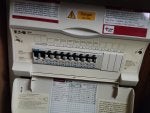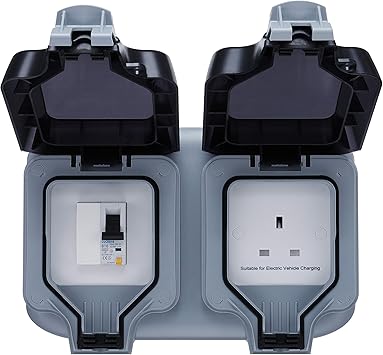So, we're only planning to keep our ampera for another 6 months and decided EV chargers are pricey. We may not go EV after 6m so we want to use granny charger as permanent method of charging. We'll charge it once per week too and we can use the outdoor plug for jet washing, gardening..etc. so it'll be handy.
So we want a outdoor plug socket, designed for EV charging if possible.
What's the best setup to go for? Do I need any upgrade on my consumer unit? I don't want for it to be a cheap setup that gets hot and potentially melts. I've got the newer ampera where you change from 6a to 10a inside the car. I've used 10a on a indoor socket for 6+ hours without any heating issues.
Consumer unit attached. Ideally looking for advice on what parts to use/whats the best setup and also a rough cost. I won't be undertaking this myself as im not qualified to do so, so i'll be using a leccy.
So we want a outdoor plug socket, designed for EV charging if possible.
What's the best setup to go for? Do I need any upgrade on my consumer unit? I don't want for it to be a cheap setup that gets hot and potentially melts. I've got the newer ampera where you change from 6a to 10a inside the car. I've used 10a on a indoor socket for 6+ hours without any heating issues.
Consumer unit attached. Ideally looking for advice on what parts to use/whats the best setup and also a rough cost. I won't be undertaking this myself as im not qualified to do so, so i'll be using a leccy.






